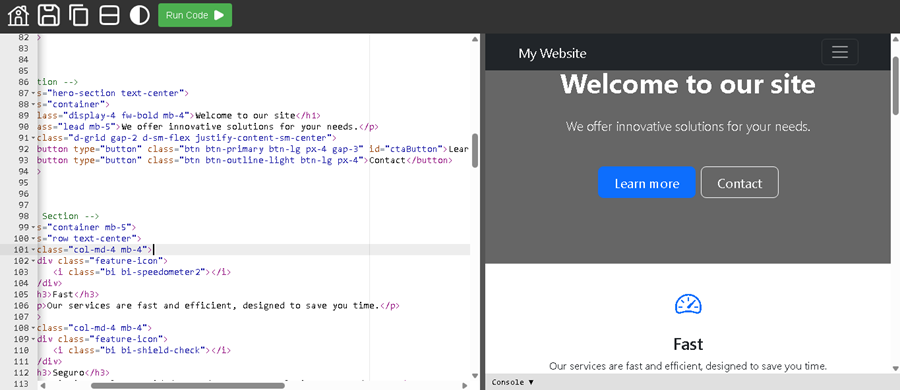Online or Desktop Software: Pros and Cons
Publish in General el 23/02/2023 20:55
Online and desktop software both have their pros and cons. Here are some of the key advantages and disadvantages of each

Online Software
Pros:
- Accessibility: Online software can be accessed from anywhere with an internet connection, making it a convenient option for remote work or collaboration.
- Automatic updates: Online software is automatically updated by the provider, so you always have the latest version without needing to manually update.
- Collaboration: Online software often includes collaboration features, making it easy to work with team members or clients in real-time.
- Scalability: Online software can often be scaled up or down as needed, making it a flexible option for businesses with changing needs.
Cons:
- Dependence on internet: Online software requires a stable internet connection to work effectively, which can be a disadvantage in areas with slow or unreliable internet connections.
- Security concerns: Storing data online can present security concerns, especially if sensitive data is being shared or stored.
- Limited functionality: Online software may have limited functionality compared to desktop software, depending on the specific software and the user's needs.
Desktop Software
Pros:
- Functionality: Desktop software typically has more advanced features and functionality compared to online software, especially for specialized tasks.
- No dependence on internet: Desktop software doesn't require an internet connection to work, making it a reliable option in areas with slow or unreliable internet connections.
- Control over data: Desktop software allows users to store and control their data on their own device, rather than relying on a third-party provider.
Cons:
- Limited accessibility: Desktop software can only be accessed from the device it is installed on, which can be a disadvantage for remote work or collaboration.
- Manual updates: Desktop software needs to be manually updated by the user, which can be time-consuming and may require technical knowledge.
- Lack of collaboration features: Desktop software may not include collaboration features or may require additional tools to collaborate with team members or clients.
The choice between online and desktop software will depend on the specific needs and preferences of the user. Some users may prefer the convenience and collaboration features of online software, while others may value the advanced functionality and control over data of desktop software.





